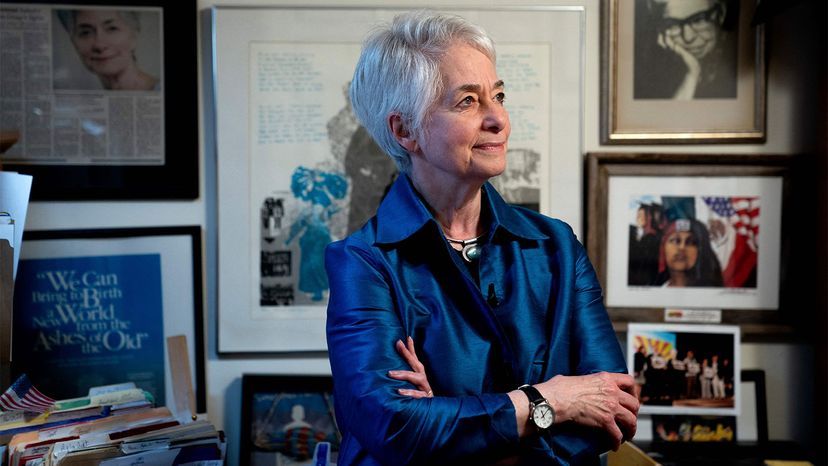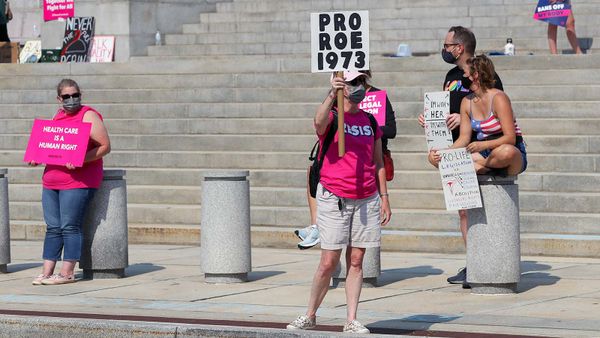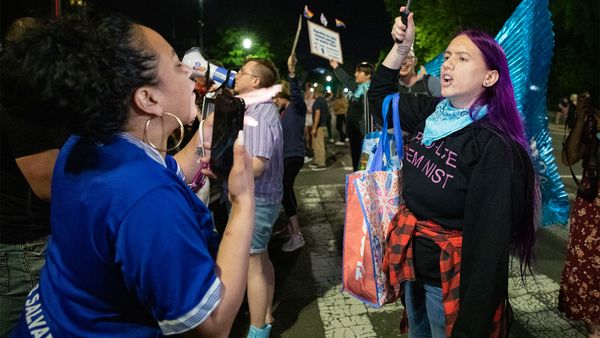Women in need found the Janes through fliers and ads that read: "Pregnant? Don't want to be? Call Jane." The collective "would advertise in underground newspapers and by word of mouth, and give you a contact number that you could call, essentially a hotline, and ask for Jane," says Horwitz. "They would counsel you about this unwanted pregnancy and give you the option of coming to obtain an abortion that was at a much more reasonable price. The Jane Collective essentially made abortion way more accessible for people who could not afford it."
It was all very hush-hush, adds Horwitz. "Secrecy was important because this was in a pre-Roe v. Wade time where getting an abortion was extremely illegal and punishable by the law."
To ensure secrecy and protect the privacy of patients, the operation had a number of clandestine elements. "They would have the patients come to a location that they called the front, which was an apartment where they would check you in and family could wait," says Horwitz. Then, patients were transported to a second location. "That really added another layer of security because, should the front get raided by police, the location where the woman was actually getting the procedure would be somewhere else."
At first, the Janes acted as go-betweens, connecting women with doctors who were willing to perform abortions. But soon, they began receiving training to perform the procedure themselves.
"What was unique about the Jane Collective is that they utilized people who were not formally medically trained, and gave them training with a doctor who knew how to do abortions, like an obstetrician or gynecologist," Horwitz explains. "They would teach them how to do proper, sanitary abortions, because it's really a pretty simple technique and can be taught to people without a formal medical degree."
That allowed the Janes to help even more women and lower the cost of the procedure from $500 to $100. Still, it was a risky enterprise. In 1972, seven Janes were arrested and charged. They faced years in prison, but the charges were dropped when Roe v. Wade was decided, before they went to trial.



